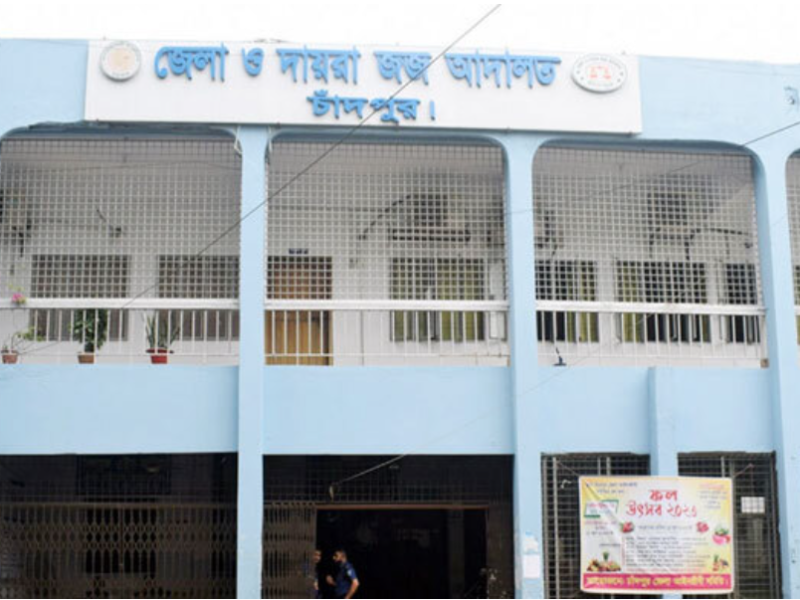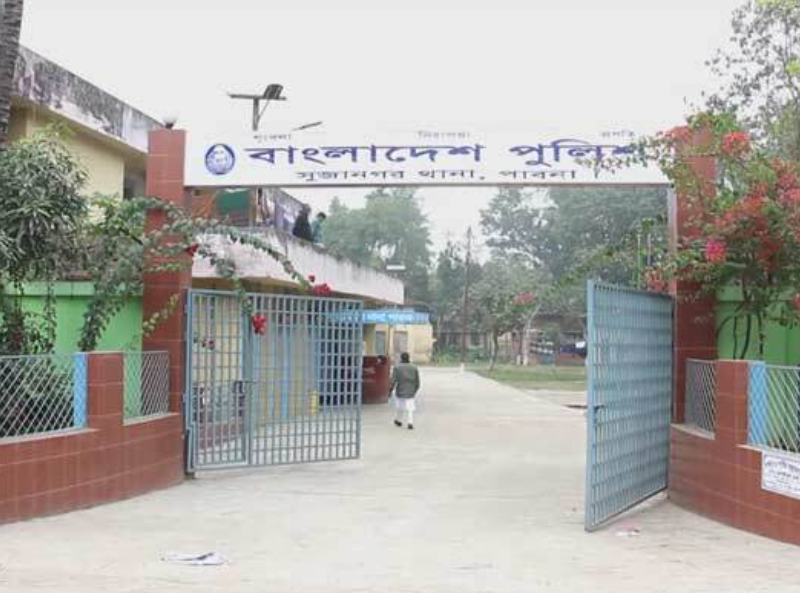The number of lightning victims in Bangladesh is increasing day by day.
Lightning has increased mainly due to dramatic changes in weather patterns. A study published in the peer-reviewed journal Helion, titled “GIS-Based Spatial Analysis of Lightning Event in Bangladesh,” said most deaths occur during the pre-monsoon and monsoon seasons, with the north and northeast being the most vulnerable areas.
The latest news is on the Daily Current news today.
It is said that the weather patterns and characteristics of Bangladesh are changing radically due to global warming. This results in events such as prolonged heat waves, cold waves and seasonal changes.
This is why lightning is increasing. According to the survey published in March, 2,142 people died due to lightning in the country from 2015 to 2022. Five hundred thirty-eight people were injured. According to the United Nations, lightning kills an average of 300 people every year in Bangladesh.
Among them were 11 people who died last Thursday. Last year, 350 people died due to lightning.
Muhammad Abul Kalam Mallick,
one of the authors of the GIS-based spatial analysis, said: “Global warming has radically changed weather patterns and characteristics in Bangladesh, leading to extreme weather events such as prolonged heat waves, cold spells and seasonal changes. This is why we see a trend Towards lightning.
This occurs when the intensity of cloud-to-ground lightning is at its highest. On the other hand, since it is a good season for agriculture, farmers and fishermen are particularly vulnerable to lightning strikes.
Experts point to climate change as well
as inadequate early warning systems and the absence of large trees as causes of lightning-related deaths in Bangladesh. “Local warning systems must be strengthened and lightning rods installed in areas prone to lightning strikes,” said Naeem Wara, a member of the Disaster Forum. Lightning often kills the family’s most active member or breadwinner. Naeem Wara urged the government not to cut down large trees.
“Large trees can save lives during lightning,” he said.
The government declared the lightning strike a natural disaster in 2016 and pledged to plant about 5 million palm trees on roadsides. However, experts say that the project has yet to achieve the expected results, for more news
As the trees that were planted took a long time to grow.
“We have sent a proposal to the Planning Committee to approve the installation of lightning rods in open fields where there are few trees,” Mizanur Rahman said. Director of the Meteorological Department, Azizur Rahman, said: “Lightning detection sensors have been installed in eight lightning-prone areas to send early warnings.



